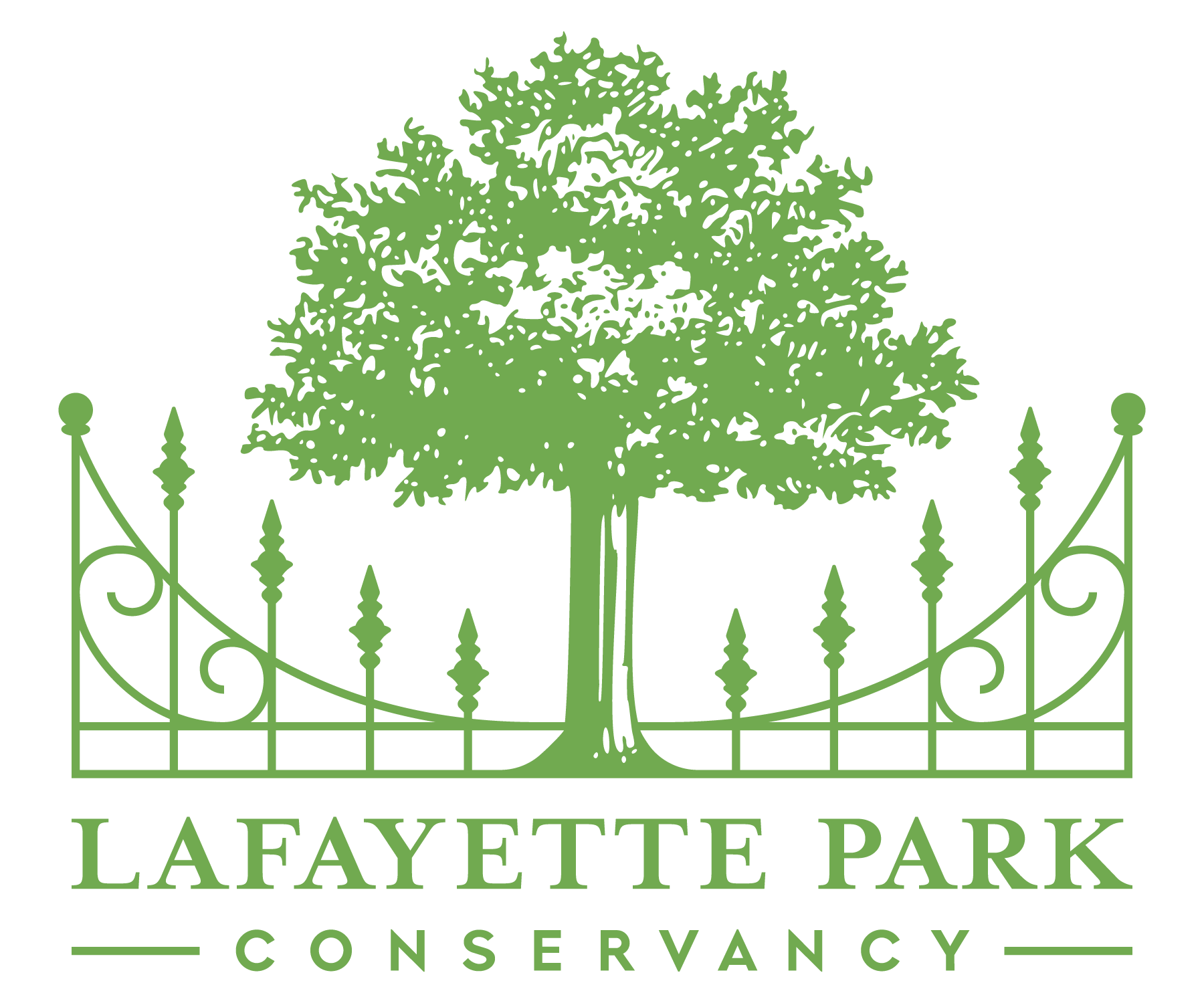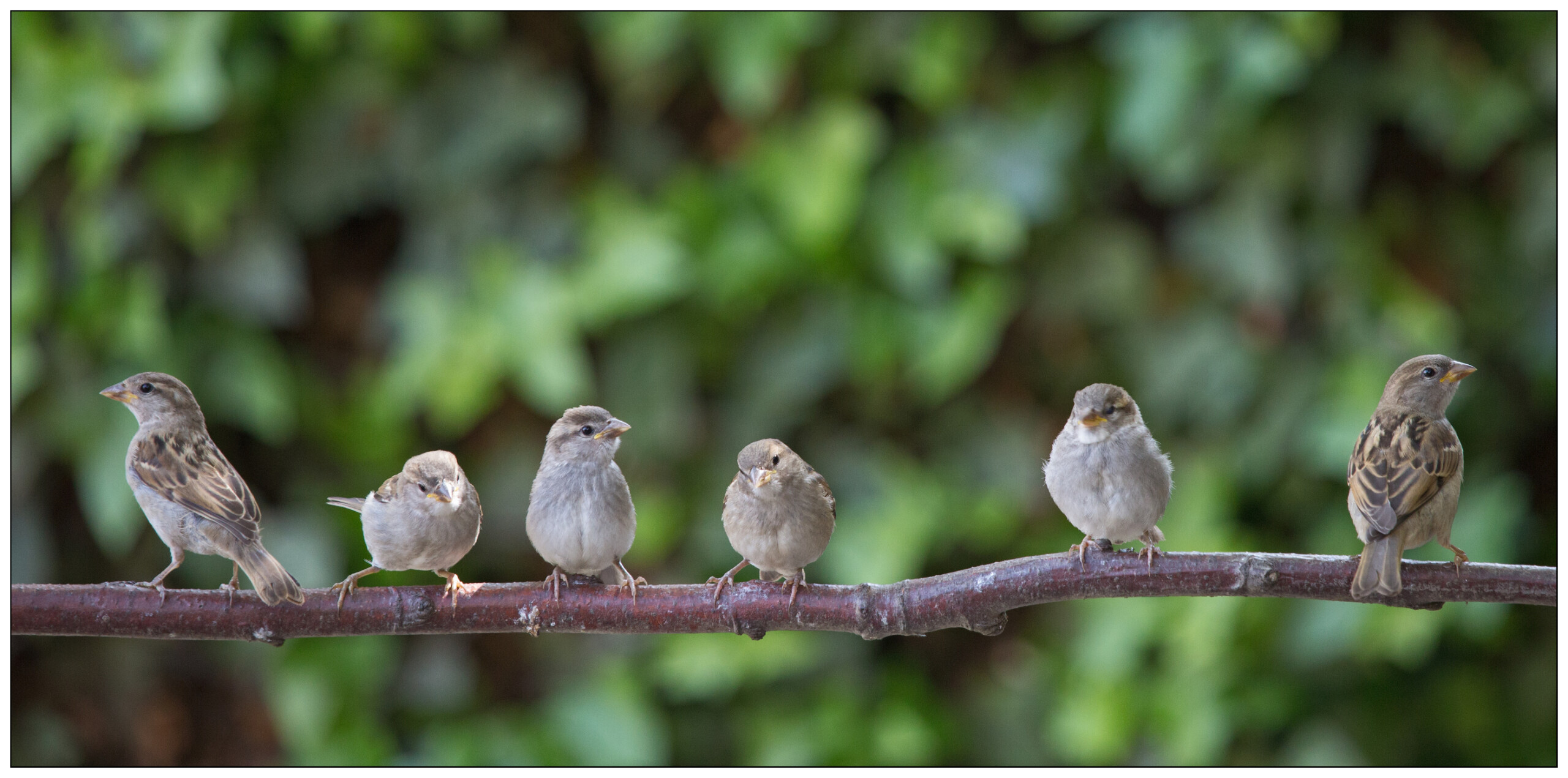BY KIERAN LINDSEY, PhD
It seems to happen once each century. In 1775 the Redcoats showed up in Boston, the Beatles made a big splash about 200 years later in 1964, and in the sweet-spot in-between the House Sparrows (Passer domestics) arrived.
 It’s difficult to believe, given current controversies and political grandstanding, but for a long time America had a very open-door immigration policy that allowed almost anyone—human and non-human—hassle-free entry. For example, no one batted an eye when my paternal ancestors washed up here after being kicked out of Scotland during the Highland Clearance to make room for sheep… but I digress. In the 1850s, when Brooklyn Institute Director Nicholas Pike purchased 8 pairs of house sparrows from England he didn’t have to sneak the birds past a Customs agent—the Animal and Plant Health Inspection Service (APHIS) hadn’t been created yet and wouldn’t be for over 100 years. Nor did Pike need permission from the New York Department of Environmental Conservation to release the birds. It didn’t exist.
It’s difficult to believe, given current controversies and political grandstanding, but for a long time America had a very open-door immigration policy that allowed almost anyone—human and non-human—hassle-free entry. For example, no one batted an eye when my paternal ancestors washed up here after being kicked out of Scotland during the Highland Clearance to make room for sheep… but I digress. In the 1850s, when Brooklyn Institute Director Nicholas Pike purchased 8 pairs of house sparrows from England he didn’t have to sneak the birds past a Customs agent—the Animal and Plant Health Inspection Service (APHIS) hadn’t been created yet and wouldn’t be for over 100 years. Nor did Pike need permission from the New York Department of Environmental Conservation to release the birds. It didn’t exist.
Introducing these Old World sparrows to North America was not done on a whim. Some sources suggest the birds were imported to control a serious canker-worm (Alsophila pometaria or Paleacrita vernata) infestation threatening New York City’s trees—a somewhat misguided notion since house sparrows are granivores (seed-eaters), not insectivores, although they do feed insects to their nestlings. Pike reportedly paid $200 for the pairs’ passage across the Atlantic, which may not sound like much but according to one relative-value calculator it’s equivalent to $5,000 today.
Like many immigrants before them those first settlers didn’t do all that well in their new home. Not dissuaded, Pike purchased another 25 pairs the following year and released them along the East River. This cohort proved hardier, or perhaps more adaptable. Another 100 pairs were ordered in 1853 and released at the Greenwood Cemetery, Central Park, Union Square Park, and Madison Square Park. Americans have a history of Anglophilia so it should come as no surprise that soon the former colonies were all a-twitter about these chatty, cheerfully social birds.
House sparrows aren’t closely related to native North American sparrows and you can see it in their physique—they’re a bit heavier, with a deeper chest, a more rounded head, shorter tail, and a less delicate bill. Six inches (15 cm) long from beak to tail-tip, and weighing in at about 1.4 oz (40 g), the male house sparrow cuts a dashing but not flashy figure; he’s British, don’t forget, and all business. Bright blues, greens, and yellows are not his cup of tea; rather, he wears a neutral palette of black, gray, and chestnut, with a touch of white to sharpen up the entire ensemble. Female fashion preferences are appropriately tweedy: tawny-brown with darker striping on top, oatmeal-tan or gray below. More Anthony Hopkins and Emma Thompson than David Bowie and Amy Winehouse, nonetheless, house sparrows were a trending novelty that went viral.

Entrepreneurs recognized a market opportunity and became breeders. Citizens in Maine, Connecticut, Rhode Island, and Pennsylvania all followed Pike’s lead, and by 1870 this pioneering species had spread south to Texas, north to Montreal, and past the Mississippi River to Iowa. A West Coast population was established with releases in California (1871-1872) and Utah (1873-1874), and in the subsequent decade house sparrows expanded their range from less than 1,200 mi2 to over 500,000 mi2. By the turn of the 20th century the space between eastern and western fronts had nearly filled.
Why have house sparrows thrived while other species—including some natives—have failed? Here are the keys to making it in America:
 Get lucky. House sparrows couldn’t have wished for better timing to facilitate their successful acclimation. Steam and internal combustion engines were coming on strong but horses and cattle were still the primary means of facilitated transportation. Working herbivores need more calories than grass and hay alone can provide so corn, barley, oats, wheat, and rice are common additions to the diet. Hoof-stock “exhaust” has a fair amount of undigested “fuel” and resilient city sparrows weren’t picky about where they got their vittles. Additionally, urbanites raised livestock and poultry and a small bird could easily slip in and out of pens and stables to pinch a bite or two. Enterprising sparrows even hitched rides on those new-fangled locomotives and their boxcars filled with grain.
Get lucky. House sparrows couldn’t have wished for better timing to facilitate their successful acclimation. Steam and internal combustion engines were coming on strong but horses and cattle were still the primary means of facilitated transportation. Working herbivores need more calories than grass and hay alone can provide so corn, barley, oats, wheat, and rice are common additions to the diet. Hoof-stock “exhaust” has a fair amount of undigested “fuel” and resilient city sparrows weren’t picky about where they got their vittles. Additionally, urbanites raised livestock and poultry and a small bird could easily slip in and out of pens and stables to pinch a bite or two. Enterprising sparrows even hitched rides on those new-fangled locomotives and their boxcars filled with grain.
Grow up fast, breed early and often. House sparrows eggs hatch after 10-16 days of incubation, nestlings fledge at 14-15 days old, are independent 7-10 days later. One study suggests they may reach sexual maturity as early as 4 months of age—time to find a mate and get busy! Females produce 2-5 clutches of 3-7 chicks per breeding season; that’s an average of 20 chicks per season, per breeding pair. Do the math and there’s your answer.
Stand up for yourself and your kin. House sparrows will form loose nesting colonies, are strongly territorial, and will aggressively defend nest sites and feeders. They’ll attack both intruders and potential intruders, and have been known to destroy the eggs and nestlings of competitor species.
Be smart, adaptable, and adventurous. Many bird species follow a strict set of guidelines when it comes to choosing where to raise a family. Sparrows, on the other hand, are willing to at least consider nearly any property when scouting for real estate. You’ll find them nesting in a wide range of locations—nest boxes and tree cavities, of course, but also signs, architectural features, drain pipes, dryer vents, and anywhere else that offers a large enough entrance. When a potential nesting site has been identified they’ll use every means at their disposal to make it work. They can even learn how to trip automated door sensors to access food and shelter from the elements and predators. When young house sparrows are old enough to leave the nest they’ll readily disperse 5 miles or more to find new feeding and nesting areas and quickly learn how to claim and exploit available resources.
Have friends in high places. If you’re a wild thing, having H. sapiens on your side is the equivalent of a royal patronage. In the mid-19th century people trapped house sparrows from one place and released them into new territory cleared of predators and outfitted with nesting boxes. That, my friends, is what’s called “choosing sides.” Is it any wonder house sparrows are now found in all 48 contiguous states and Hawaii’i (where they were introduced from New Zealand in 1871)? The kindness of human strangers has also allowed P. domesticus to claim much of Canada, all of Central America, most of South America, southern Africa, and eastern Australia.

dark green = natural range light green = introduced range



 Guides for trapping, shooting, and poisoning the birds were distributed free of charge. By 1883, state legislators in Indiana had declared the house sparrow an outlaw who should be killed on sight. Five years later, Illinois and Michigan had established a small bounty on “English” sparrows and children scrambled to exchange dead birds for cash to buy candy.
Guides for trapping, shooting, and poisoning the birds were distributed free of charge. By 1883, state legislators in Indiana had declared the house sparrow an outlaw who should be killed on sight. Five years later, Illinois and Michigan had established a small bounty on “English” sparrows and children scrambled to exchange dead birds for cash to buy candy. Many individual house sparrow were killed but despite the all-in extermination effort the species continued to thrive. While no longer hunted for bounties in the US., the bad PR stuck like glue—to this day they are generally resented or reviled. Unlike migratory species house sparrows are not protected in the U.S. and, in fact, the population has declined somewhat.
Many individual house sparrow were killed but despite the all-in extermination effort the species continued to thrive. While no longer hunted for bounties in the US., the bad PR stuck like glue—to this day they are generally resented or reviled. Unlike migratory species house sparrows are not protected in the U.S. and, in fact, the population has declined somewhat.